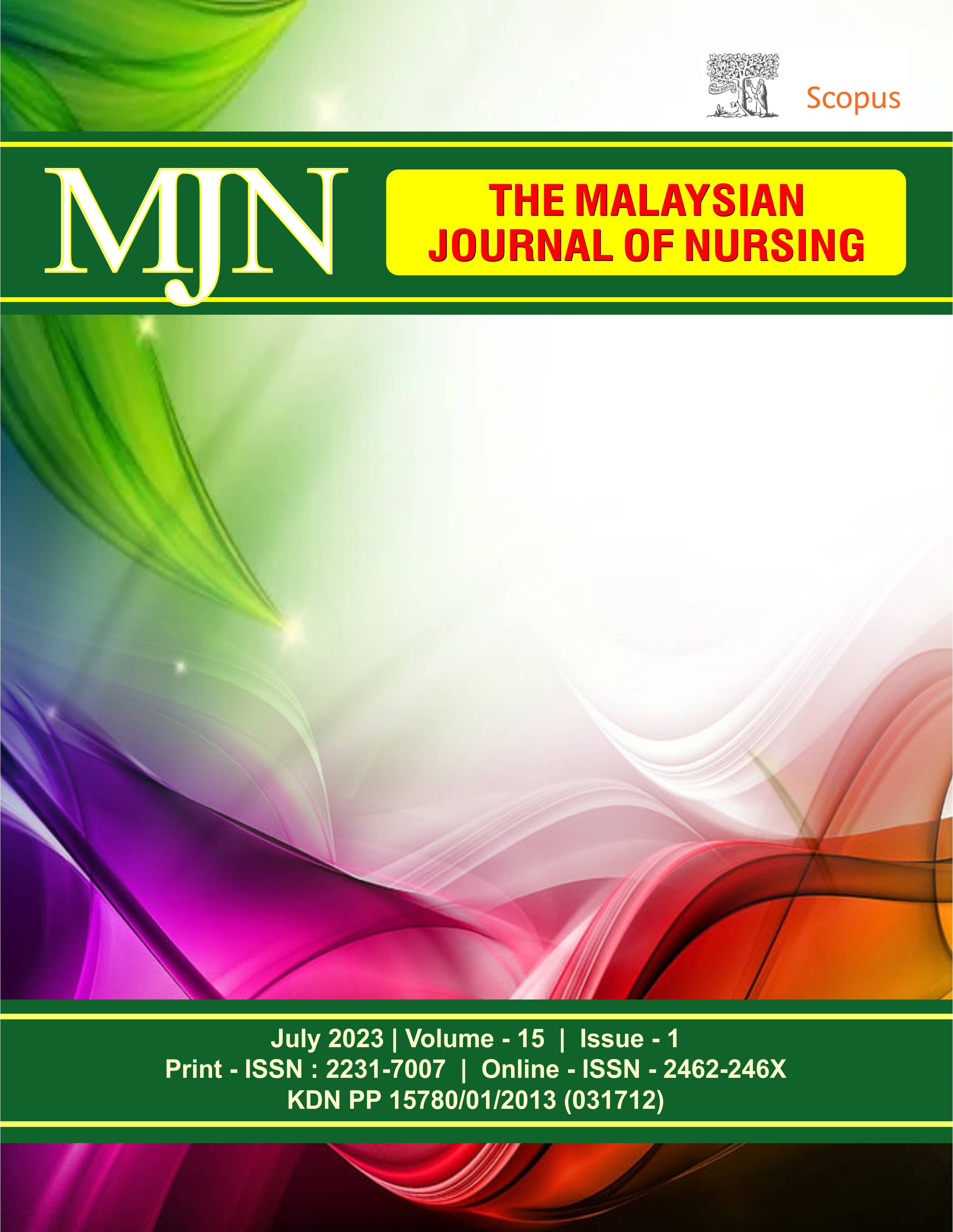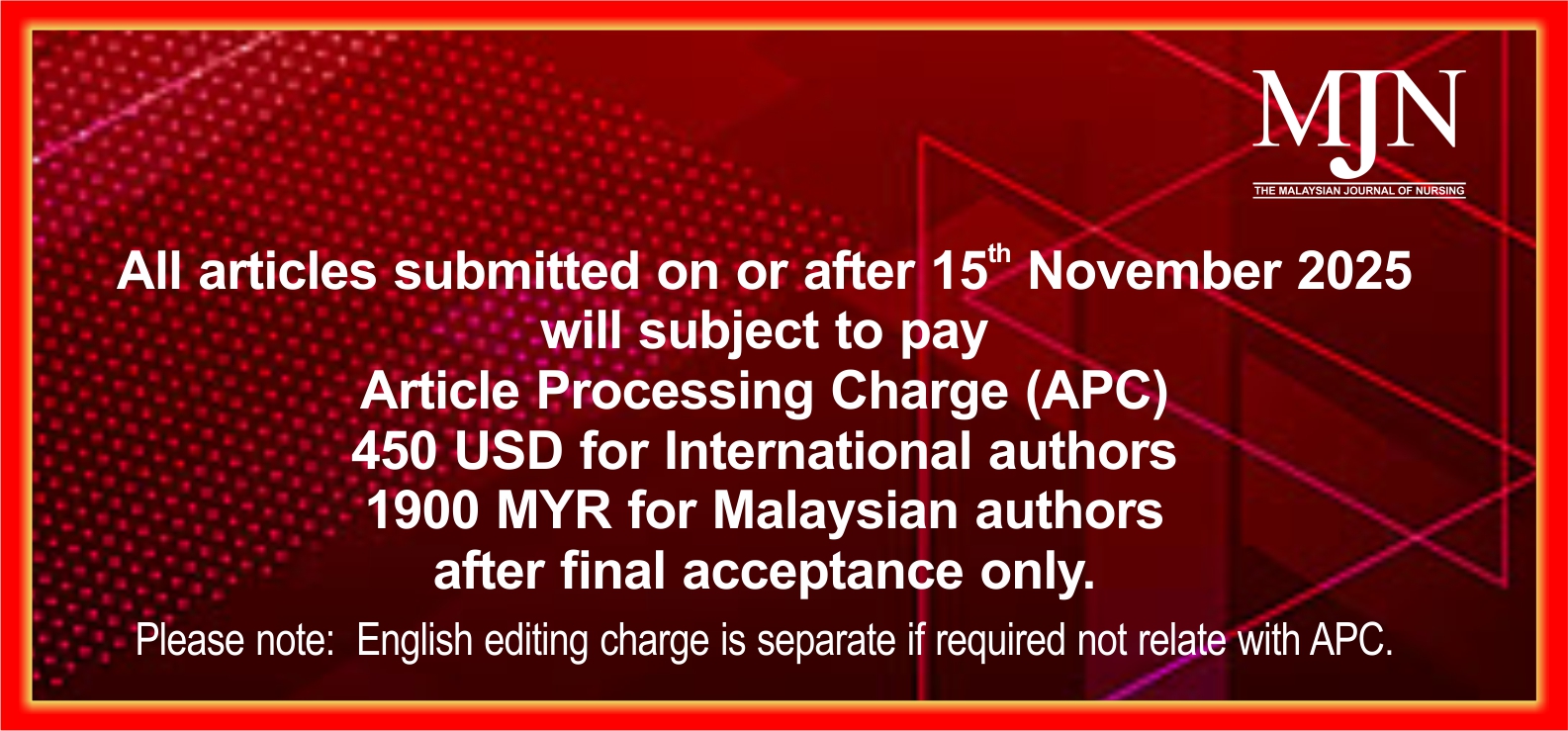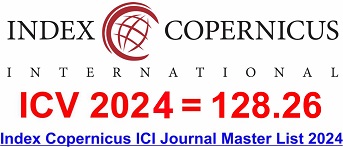Impact of Delivery Room Gastric Lavage on Exclusive Breastfeeding: A Systematic Review and Meta-Analysis
DOI:
https://doi.org/10.31674/mjn.2023.v15i01.014Abstract
Background: This systematic review is mainly based on analyzing the impact of Delivery Room Gastric Lavage on Exclusive Breastfeeding. Delivery room gastric lavage is a gastric suctioning process that includes the removal of deleterious contents from the stomach of newborns after their birth. No specific meta-analysis was done in this specific field of study, and therefore the present research was based on a secondary research design to find out the advantages and disadvantages of using gastric lavage in exclusive breastfeeding. Methods: A systematic review was undertaken by searching different randomized controlled trials (RCTs) on the impact of gastric lavage in breastfeeding newborns. The databases include RCTs published in open-access PubMed and Google Scholar from 2019 to 2023. The search terms were gastric lavage AND Breastfeeding OR breastfeeding; Breastfeeding rates; Time of breastfeeding; tolerance or intolerance of breastfeeding. The primary outcome was the utilization of gastric lavage in exclusive breastfeeding, which was found to have both potential advantages and disadvantages. The data were pooled and analyzed in RevMan. Data Sources and Selection Criteria: Open-access PubMed and Google Scholar were searched for randomized controlled trials using search terms: Gastric lavage AND Breastfeeding OR breastfeeding; breastfeeding rates; Time of breastfeeding; tolerance or intolerance of breastfeeding from 2019 to 2023. The data were pooled and analyzed in RevMan. Results: Four RCTs with low risks of bias were included. The pooled estimate (RevMan) showed a statistically significant outcome for breastfeeding intolerance (p<0.00001). The breastfeeding rate was reported to be statistically insignificant (p<0.91). There was no other adverse effect. Conclusion: This discrepancy in the findings indicates the requirement for further investigation and the inclusion of a larger sample size to develop the validity and reliability of the advantages of gastric lavage in improving breastfeeding outcomes.
Keywords:
Breastfeeding, Delivery Rooms, Exclusive, Gastric LavageDownloads
References
Bulbul, A., Agirgol, E., Uslu, S., Elitok, G. K., Tellioglu, A., Avsar, H., ... & Unal, E. T. (2020). COVID-19 management in newborn babies in the light of recent data: breastfeeding, rooming-in and clinical symptoms. The Medical Bulletin of Sisli Etfal Hospital, 54(3), 261. https://doi.org/10.14744/SEMB.2020.90267
Chaudhary, R. K., Chaurasia, S., Singh, P., Priyadarshi, M., Bhat, N. K., Chaturvedi, J., & Basu, S. (2023). Impact of Delivery Room Gastric Lavage on Exclusive Breastfeeding Rates Among Neonates Born Through Meconium-Stained Amniotic Fluid: A Randomized Controlled Trial. Indian Pediatrics, S097475591600515-S097475591600515. Advance online publication. https://www.indianpediatrics.net/epub032023/RP-00515.pdf
Deshmukh, M., Balasubramanian, H., Rao, S., & Patole, S. (2015). Effect of gastric lavage on feeding in neonates born through meconium-stained liquor: a systematic review. Archives of Disease in Childhood-Fetal and Neonatal Edition, 100(5), F394-F399. http://dx.doi.org/10.1136/archdischild-2015-308292
Gidaganti, S., Faridi, M. M. A., Narang, M., & Batra, P. (2018). Effect of Gastric Lavage on Meconium Aspiration Syndrome and Feed Intolerance in Vigorous Infants Born with Meconium Stained Amniotic Fluid—A Randomized Control Trial. Indian Pediatrics, 55, 206-210. https://doi.org/10.1007/s13312-018-1318-0
Guo, Q., Cui, M., Liu, X., Zhao, S., Liu, P., & Wang, L. (2022). Effect of Epidermal Growth Factor in Human Milk and Maternal Diet on Late-Onset Breast Milk Jaundice: A Case-Control Study in Beijing. Nutrients, 14(21), 4587. https://doi.org/10.3390/nu14214587
Halder, S. K., Ahmed, G. U., Popy, D., Rahaman, M. M., & Chowdhury, M. A. (2020). Impact of Breast Milk Gastric Lavage on Morbidity and Mortality in Preterm Neonates. The Planet, 4(01), 11-11. https://bdjournals.org/index.php/planet/article/view/26. Accessed on 12th June, 2023
Singh, P., Kumar, M., & Basu, S. (2021). Gastric lavage for prevention of feeding intolerance in neonates delivered through meconium-stained amniotic fluid: a systematic review and meta-analysis. Indian Pediatrics, 58, 973-977. https://doi.org/10.1007/s13312-021-2334-z
Theurich, M. A., McCool-Myers, M., & Koletzko, B. (2021, March). Supporting breastfeeding of small, sick and preterm neonates. In Seminars in Perinatology (Vol. 45, No. 2, p. 151387). WB Saunders. https://doi.org/10.1016/j.semperi.2020.151387
Wang, Y., Zhao, T., Zhang, Y., Li, S., & Cong, X. (2021). Positive effects of kangaroo mother care on long-term breastfeeding rates, growth, and neurodevelopment in preterm infants. Breastfeeding Medicine, 16(4), 282-291. https://doi.org/10.1089/bfm.2020.0358
Yadav, S. K., Venkatnarayan, K., Adhikari, K. M., Sinha, R., & Mathai, S. S. (2018). Gastric lavage in babies born through meconium stained amniotic fluid in prevention of early feed intolerance: A randomized controlled trial. Journal of Neonatal-Perinatal Medicine, 11(4), 393-397. https://doi.org/10.3233/NPM-17154
Published
How to Cite
Issue
Section
License
Copyright (c) 2023 The Malaysian Journal of Nursing (MJN)

This work is licensed under a Creative Commons Attribution-NonCommercial-NoDerivatives 4.0 International License.



































